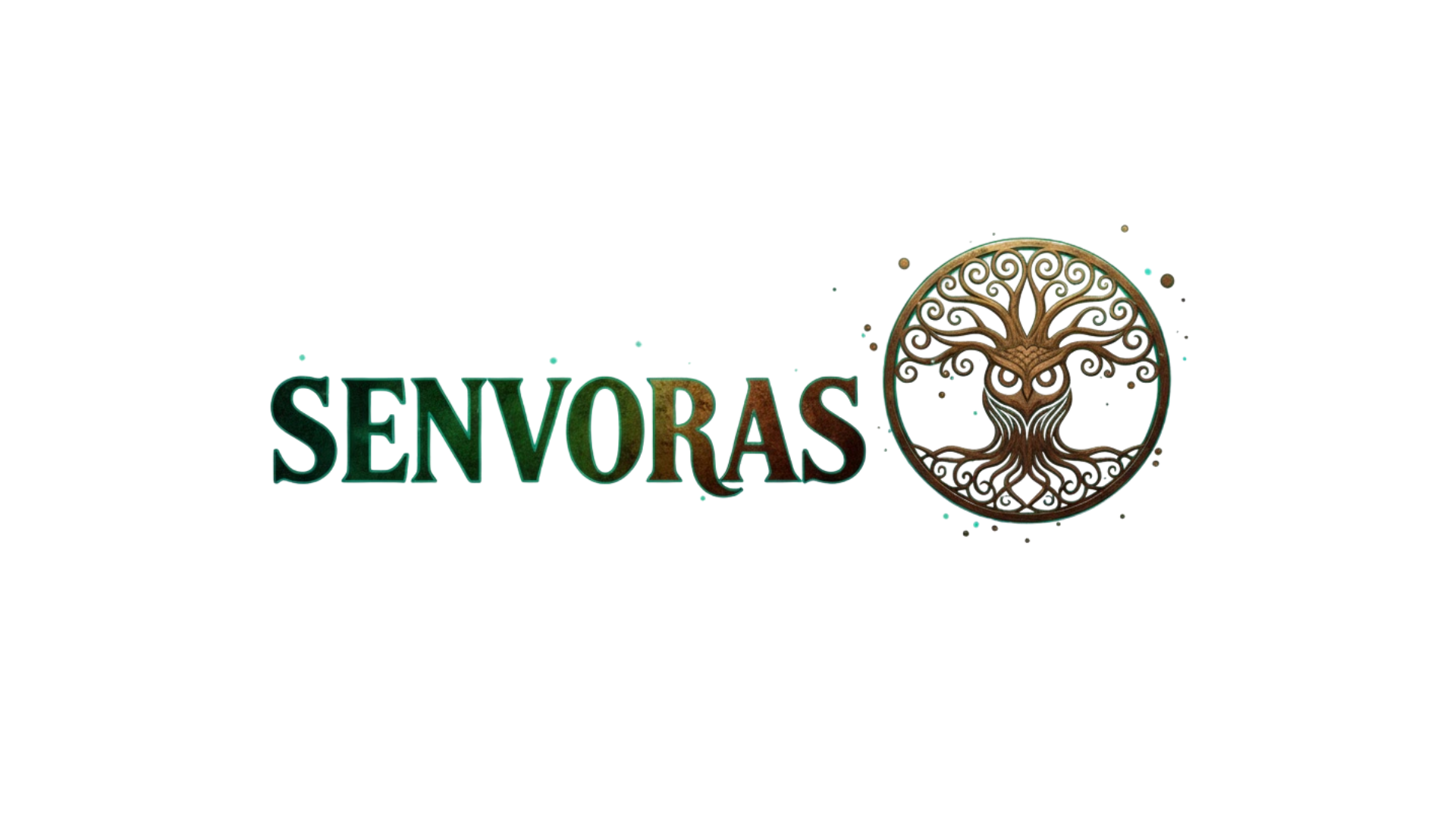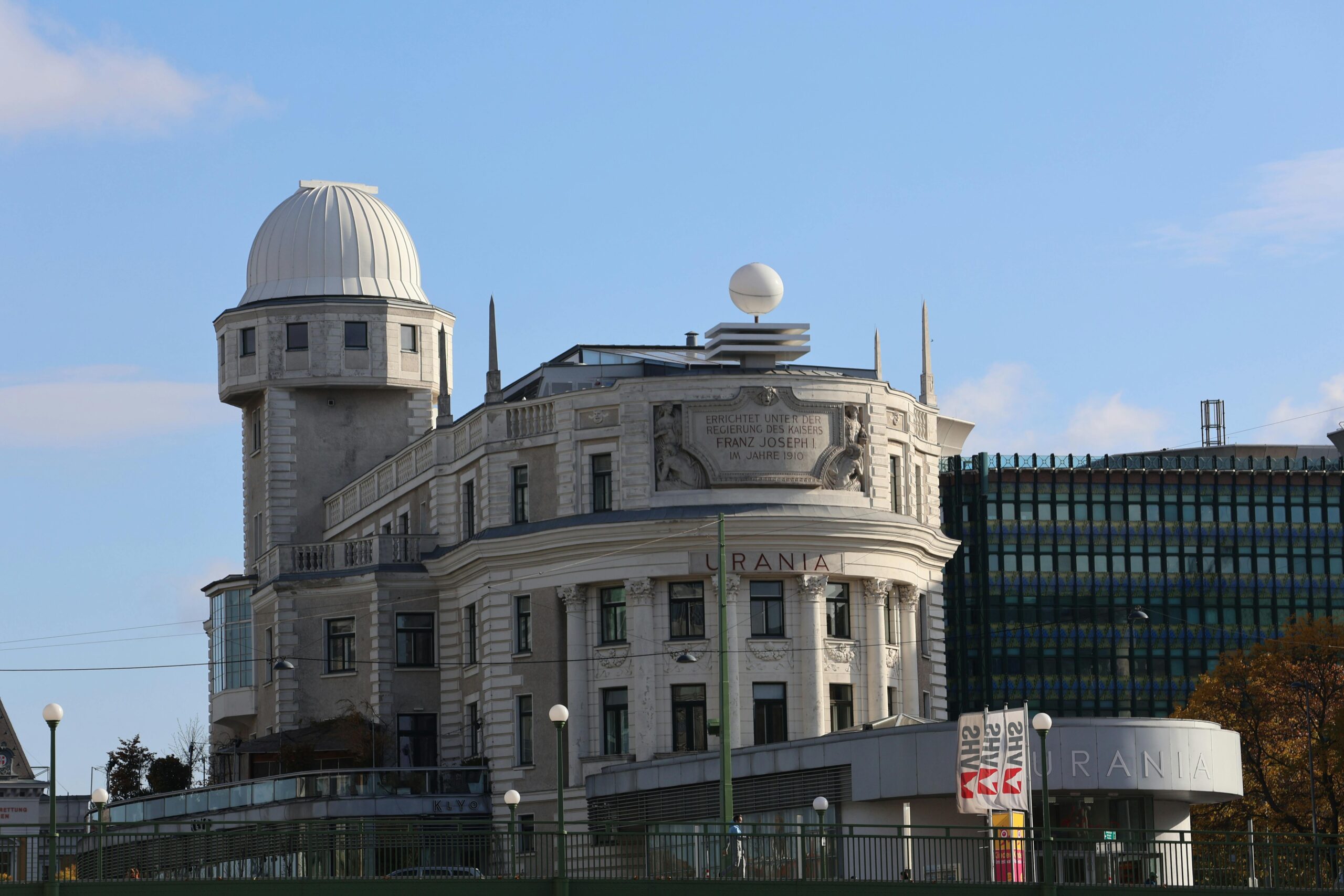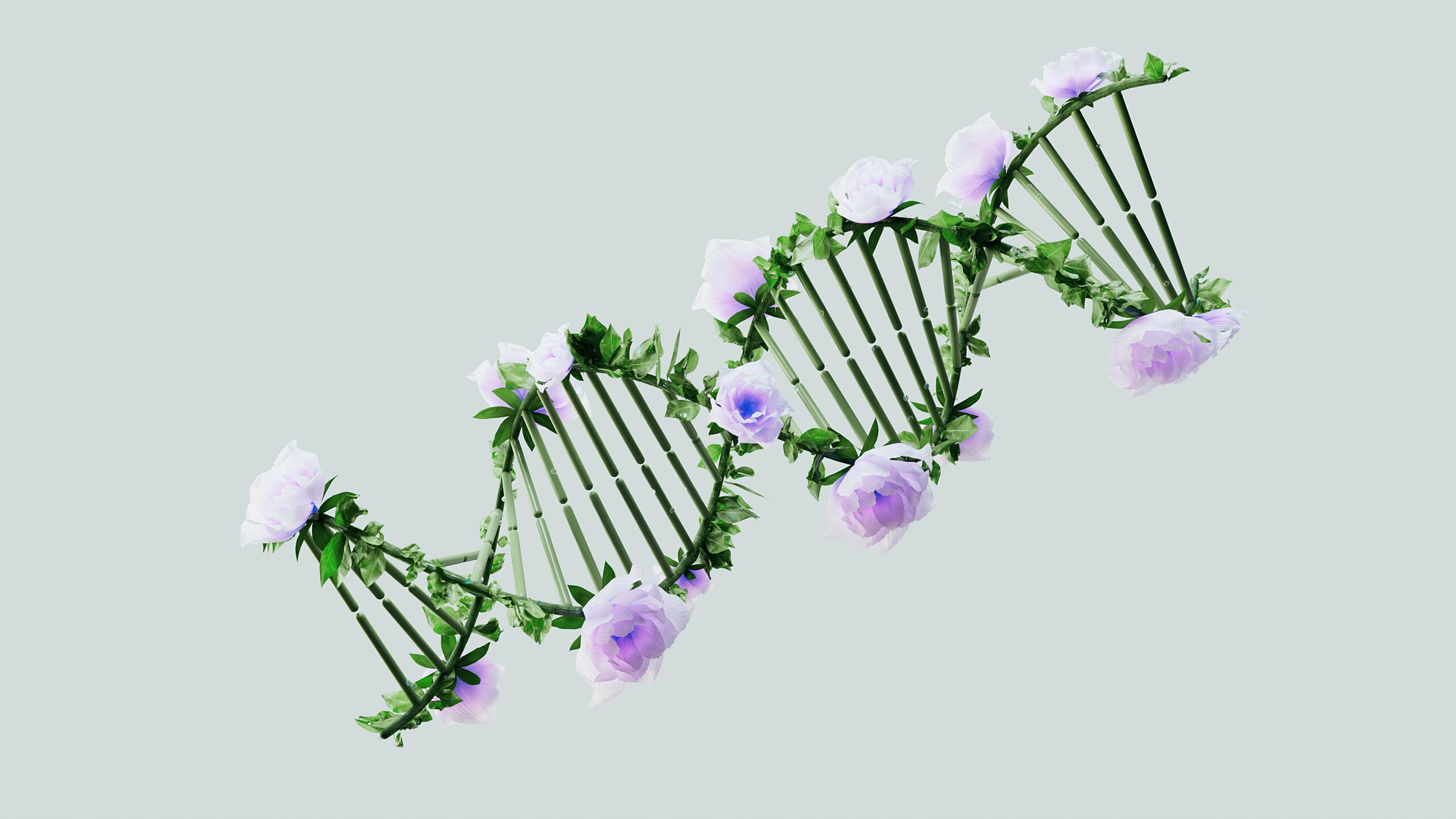Our bodies operate on an invisible clock, orchestrating everything from hormone release to cell repair. Understanding chronobiology—the science of biological rhythms—can revolutionize how we approach health.
🕐 The Science Behind Your Body’s Internal Clock
Chronobiology examines the cyclical patterns that govern nearly every aspect of human physiology. At the heart of this fascinating field lies the circadian rhythm, a roughly 24-hour cycle that influences sleep-wake patterns, metabolism, body temperature, and countless other biological processes. The suprachiasmatic nucleus (SCN), a tiny region in the hypothalamus containing approximately 20,000 neurons, serves as the master conductor of this intricate biological symphony.
These internal timekeepers evolved over millions of years, allowing organisms to anticipate environmental changes and optimize their physiological functions accordingly. Light serves as the primary external cue, or zeitgeber, that synchronizes our internal clocks with the external environment. When photons enter the eye, they’re detected by specialized retinal ganglion cells containing melanopsin, which send signals directly to the SCN, ensuring our bodies remain aligned with the day-night cycle.
Beyond the master clock in the brain, virtually every cell in the human body contains its own molecular timepiece. These peripheral clocks exist in organs like the liver, heart, lungs, and digestive system, each maintaining their own rhythmic patterns while remaining coordinated with the central pacemaker. This distributed timing system explains why disrupting circadian rhythms can have far-reaching consequences throughout the body.
⏰ Understanding Different Types of Biological Rhythms
While circadian rhythms receive the most attention, chronobiology encompasses various temporal patterns operating on different timescales. Ultradian rhythms occur multiple times within a 24-hour period, including the 90-minute sleep cycle stages, hormonal pulses, and appetite fluctuations. These shorter cycles influence everything from concentration spans to energy levels throughout the day.
Infradian rhythms extend beyond 24 hours, encompassing weekly patterns, menstrual cycles, and seasonal variations. Many people experience seasonal affective disorder (SAD) during winter months, reflecting our sensitivity to photoperiod changes. Understanding these longer rhythms helps explain why certain health conditions worsen during specific seasons or why our nutritional needs may vary throughout the year.
The Molecular Machinery of Circadian Clocks
At the cellular level, circadian rhythms arise from intricate transcription-translation feedback loops involving clock genes. The CLOCK and BMAL1 proteins partner to activate genes called Period (PER) and Cryptochrome (CRY). As PER and CRY proteins accumulate, they inhibit CLOCK-BMAL1 activity, creating an oscillating pattern that takes approximately 24 hours to complete. This elegant molecular mechanism earned Jeffrey Hall, Michael Rosbash, and Michael Young the 2017 Nobel Prize in Physiology or Medicine.
These clock genes regulate the expression of thousands of other genes throughout the body, controlling roughly 40-50% of all protein-coding genes in a time-dependent manner. This widespread genomic influence explains why chronobiological disruption affects so many physiological systems simultaneously, from immune function to cardiovascular health.
💪 Optimizing Health Through Chronobiological Alignment
Aligning daily activities with natural biological rhythms offers profound benefits for physical and mental wellbeing. The concept of chrononutrition emphasizes that when we eat may be as important as what we eat. Research consistently shows that consuming calories earlier in the day, when insulin sensitivity peaks, improves metabolic outcomes compared to late-night eating.
The liver’s circadian clock regulates glucose metabolism, lipid synthesis, and detoxification processes. Eating during biological “nighttime” forces these organs to work against their natural rhythms, potentially contributing to metabolic syndrome, obesity, and type 2 diabetes. Time-restricted eating, which confines food consumption to an 8-12 hour window aligned with daylight hours, has demonstrated impressive benefits including weight loss, improved glucose regulation, and enhanced cardiovascular markers.
Strategic Exercise Timing for Maximum Results
Physical performance varies substantially throughout the day, with muscle strength, flexibility, and endurance typically peaking in late afternoon and early evening. Body temperature follows a circadian pattern, reaching its nadir around 4-5 AM and its zenith around 7-8 PM. This temperature variation significantly influences muscle function, reaction time, and overall athletic capacity.
For individuals seeking muscle gains, resistance training between 2-6 PM may optimize results due to elevated testosterone levels and improved neuromuscular function during these hours. Conversely, morning exercise, particularly when performed in bright light, can help advance circadian phase—beneficial for night owls wanting to shift their sleep schedule earlier. Outdoor morning workouts combine exercise benefits with light exposure, potentially improving mood and energy throughout the day.
😴 Sleep: The Foundation of Chronobiological Health
Sleep represents the most obvious manifestation of circadian rhythmicity, yet modern lifestyles have severely disrupted this fundamental biological necessity. Adults require 7-9 hours of quality sleep nightly, yet chronic sleep deprivation has reached epidemic proportions in industrialized nations. This sleep debt accumulates insidiously, impairing cognitive function, emotional regulation, immune response, and metabolic health.
The sleep-wake cycle involves complex interactions between the circadian system and homeostatic sleep drive. The circadian component maintains sleep timing, while sleep pressure builds during wakefulness through adenosine accumulation. These two processes work synergistically—when they’re misaligned, sleep quality suffers dramatically, as experienced by shift workers and jet lag sufferers.
Creating an Optimal Sleep Environment
Light exposure profoundly influences sleep quality and timing. Blue wavelengths, abundant in electronic device screens, suppress melatonin secretion and delay circadian phase. Minimizing screen time 2-3 hours before bed or using blue-blocking glasses can significantly improve sleep onset. Bedroom temperature also matters—core body temperature naturally drops during sleep, and maintaining a cool environment (around 65-68°F or 18-20°C) facilitates this physiological process.
Consistency remains paramount for circadian entrainment. Maintaining regular sleep and wake times, even on weekends, strengthens circadian signals and improves sleep architecture. This consistency allows the SCN to anticipate sleep timing, initiating preparatory physiological changes including melatonin secretion and body temperature decline.
🧠 Cognitive Performance and Chronotype Considerations
Individual chronotypes—whether someone identifies as a morning lark or night owl—reflect genetic variations in clock gene polymorphisms and differences in circadian period length. These chronotype preferences significantly influence optimal timing for cognitively demanding tasks. Morning types typically experience peak alertness and cognitive performance earlier in the day, while evening types function better during afternoon and evening hours.
Forcing individuals to work against their chronotype creates a phenomenon called “social jetlag”—the discrepancy between biological and social timing. This misalignment associates with numerous negative health outcomes including increased obesity risk, depression, cardiovascular disease, and reduced academic or occupational performance. Recognizing and accommodating chronotype diversity in educational and workplace settings could yield substantial productivity and wellbeing improvements.
Maximizing Mental Sharpness Throughout the Day
Different cognitive abilities peak at different times. Executive functions like problem-solving and decision-making typically optimize during late morning for most people, when cortisol levels remain elevated but homeostatic sleep pressure hasn’t accumulated substantially. Creative thinking and insight, however, may benefit from lower arousal states when reduced inhibitory control allows more associative thinking patterns.
Strategic napping can partially compensate for insufficient nighttime sleep, but timing matters. Brief 10-20 minute naps provide refreshing benefits without causing sleep inertia, while longer 60-90 minute naps allow complete sleep cycles, potentially enhancing memory consolidation. Napping too late in the afternoon can interfere with nighttime sleep, so early afternoon represents the optimal window for most individuals.
🏥 Chronotherapy: Timing Medicine for Enhanced Efficacy
The emerging field of chronotherapy recognizes that drug efficacy and toxicity vary depending on administration timing. Many medications, from cardiovascular drugs to chemotherapy agents, show dramatically different effects when administered at different times of day. For instance, taking blood pressure medication at bedtime rather than morning has been shown to better control nocturnal hypertension and significantly reduce cardiovascular event risk.
Cancer chronotherapy exploits circadian variations in cell division rates and drug metabolism. Administering chemotherapy when tumor cells divide most rapidly while normal tissue divides more slowly can potentially maximize therapeutic effects while minimizing side effects. Similarly, vaccinations given in the morning may produce stronger immune responses compared to afternoon administration, reflecting circadian fluctuations in immune cell activity.
🌍 Modern Challenges to Chronobiological Health
Contemporary lifestyles pose unprecedented challenges to circadian health. Artificial lighting extends the day far beyond natural sunset, while shift work forces millions to remain active during biological nighttime. Long-term shift work associates with elevated risks for metabolic disorders, cardiovascular disease, certain cancers, and mental health problems. These health consequences reflect the profound physiological stress of chronic circadian misalignment.
Travel across time zones creates temporary but significant circadian disruption. Jet lag severity depends on travel direction—eastward travel typically proves more difficult as it requires phase advancing (going to bed earlier), which opposes the human circadian system’s natural tendency toward phase delay. Strategic light exposure, melatonin supplementation, and scheduled activity can accelerate re-entrainment to new time zones.
Digital Age Disruptions and Solutions
The omnipresence of smartphones and tablets introduces constant circadian challenges. Beyond blue light emission, these devices provide psychological stimulation that opposes the wind-down process necessary for sleep preparation. Implementing digital boundaries—designating device-free zones and times—helps restore natural circadian rhythms in our hyper-connected world.
Various applications now assist with circadian optimization by tracking sleep patterns, providing light exposure reminders, and suggesting optimal timing for various activities. These tools translate chronobiological principles into actionable daily practices, making circadian health more accessible to those seeking to harness their biological rhythms.
🌟 Practical Strategies for Chronobiological Optimization
Implementing chronobiologically-informed practices doesn’t require dramatic lifestyle overhaul. Small, strategic changes can yield significant benefits. Morning bright light exposure, whether from sunlight or light therapy boxes, provides the strongest circadian entraining signal. Even 15-30 minutes of outdoor light exposure within an hour of waking can substantially improve sleep quality and daytime alertness.
Establishing consistent daily routines leverages the circadian system’s anticipatory capacity. The body begins preparing for regular activities before they occur—digestive enzyme secretion before typical mealtimes, body temperature changes before regular exercise, and melatonin secretion before habitual bedtime. This anticipation optimizes physiological readiness and performance.
Nutrition Timing for Metabolic Health
Beyond meal timing, specific nutrient timing can enhance chronobiological alignment. Protein consumption earlier in the day supports muscle protein synthesis when anabolic hormones peak. Complex carbohydrates consumed in evening meals may facilitate sleep onset by promoting tryptophan availability for serotonin and melatonin synthesis. Caffeine, with its 5-6 hour half-life, should be avoided after mid-afternoon to prevent sleep interference.
Intermittent fasting protocols that align eating windows with active hours show particular promise. A 16:8 pattern (16 hours fasting, 8 hours eating) that restricts eating to daylight hours works synergistically with natural circadian rhythms, potentially amplifying metabolic benefits beyond simple caloric restriction.
🔮 The Future of Chronobiology in Personalized Medicine
Advances in chronobiology are paving the way toward truly personalized healthcare. Wearable technology now enables continuous monitoring of activity patterns, sleep architecture, heart rate variability, and even core body temperature—all biomarkers reflecting circadian function. This data allows increasingly precise chronotype determination and identification of circadian disruption before clinical symptoms emerge.
Genetic testing for clock gene variants may eventually inform personalized recommendations regarding optimal sleep timing, exercise scheduling, and medication administration. As our understanding deepens, precision chronotherapy could become standard practice, with treatment protocols customized not just to individual patients but to specific times of day when interventions prove most effective.

🎯 Taking Control of Your Biological Rhythms
The science of chronobiology empowers us to work with rather than against our innate biological design. By recognizing that human physiology operates on predictable temporal patterns, we can strategically time sleep, nutrition, exercise, and cognitive work to optimize health outcomes and performance. This alignment doesn’t demand perfection—even modest improvements in circadian consistency yield measurable benefits.
Start by identifying your natural chronotype and current rhythm disruptions. Prioritize sleep consistency, morning light exposure, and time-restricted eating as foundational practices. Monitor how different timing strategies affect your energy, mood, and performance. Gradually refine your daily schedule to better harmonize with your circadian biology.
The chronobiological revolution in health and wellness isn’t about rigid scheduling or militant routine adherence. Rather, it’s about understanding the profound wisdom encoded in our biological rhythms—patterns honed by millions of years of evolution. By honoring these rhythms and making mindful choices about timing, we unlock our body’s innate capacity for optimal functioning, resilience, and vitality. The time for chronobiological health isn’t tomorrow or next week—the optimal moment to begin is now, aligned with your body’s natural wisdom.
Toni Santos is a longevity writer and regenerative medicine researcher dedicated to exploring how biology, technology, and ethics can extend healthspan. With a focus on cellular repair and anti-aging biotechnology, Toni examines how next-generation therapies translate lab breakthroughs into real-world vitality. Fascinated by stem cell science, telomere dynamics, and systems biology, Toni’s journey bridges research reviews, expert interviews, and clear public communication. Each article he shares aims to separate evidence from hype—helping readers understand what’s promising, what’s premature, and what truly supports long-term health. Blending molecular biology, clinical insight, and accessible storytelling, Toni investigates interventions that target the root drivers of aging. His work honors responsible innovation—prioritizing safety, transparency, and human wellbeing in the pursuit of extended healthspan. His work is a tribute to: Anti-aging biotechnology grounded in rigorous evidence Cellular rejuvenation pathways that restore function and resilience Stem cell and telomere research advancing ethical longevity care Whether you’re a clinician, researcher, or health enthusiast, Toni Santos invites you to explore the frontiers of regeneration—one discovery, one mechanism, one healthier year at a time.



